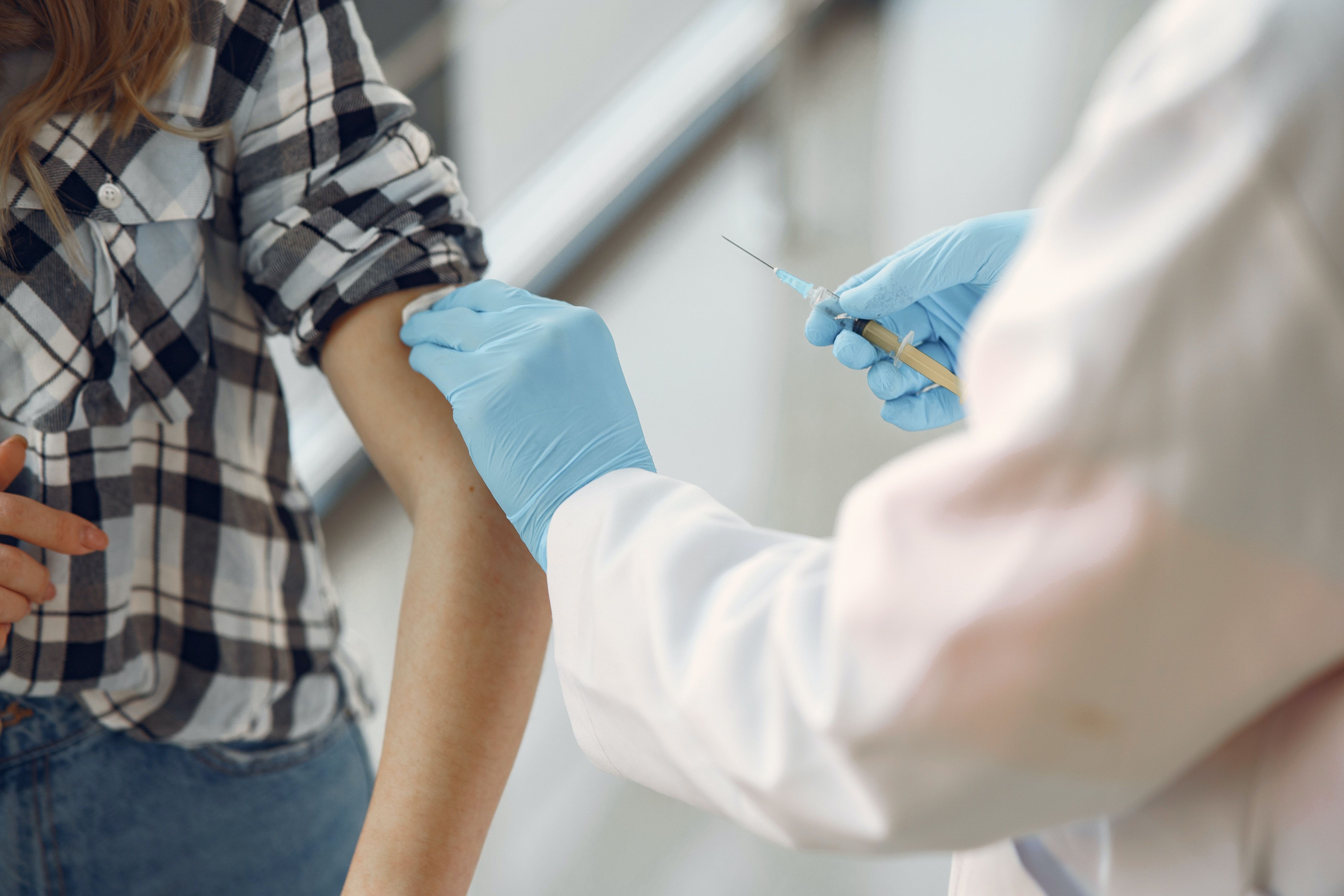Adolescent Vaccination Rates Held Steady in 2020, But Pandemic Could Change That
The data, which reflects pre-pandemic routine vaccination levels, showed human papillomavirus vaccine rates increased among teens ages 13-17.

New data from Centers for Disease Control and Prevention (CDC) suggests vaccination rates for several routine adolescent vaccines remained steady in 2020, but the report also raises concerns about the potential impact of the coronavirus disease 2019 (COVID-19) pandemic of vaccination.
The data are contained in the CDC’s September 3 Morbidity and Mortality Weekly Report, which unveiled the results of the 2020 National Immunization Survey for teenagers. The survey included 20,163 adolescents ranging in age from 13-17 years. It showed that 90.1% of teens had had at least one dose of the Tdap (tetanus, diphtheria, and acellular pertussis) vaccine, 89.3% of teens had had at least one dose of the meningococcal conjugate (MenACWY) vaccine, and 54.4% of those aged 17 had received a second dose. Those figures were similar to the rates seen in 2019, the agency said.
More than 9 in 10 adolescents had had at least 2 doses of the measles, mumps, and rubella (MMR) vaccine, at least 3 doses of the hepatitis B vaccine, one or two doses of the varicella vaccine, the survey found.
Meanwhile, the rate of adolescents who were up to date with the human papillomavirus vaccine increased from 54.2% in 2019 to 58.6% in 2020. HPV vaccination rates have historically lagged behind rates of other routine vaccinations, the CDC reported.
Lead author Cassandra Pingali, MPH, MS, an epidemiologist at the CDC’s Immunization Services Division, cautioned that the results reflect vaccination coverage before the pandemic, in part because it only includes children aged 13 and older, which is past the point when most routine vaccinations are recommended.
Though this report does not address the pandemic’s impact on vaccines directly, Pingali noted that vaccine ordering data shows a “worrisome drop” of 12.9 million vaccine doses in 2020-2021 compared to 2019-2020.
“CDC and pediatricians are concerned this may place children at risk for vaccine-preventable diseases, especially measles, which is easily transmitted,” she told Contagion. She noted that the agency provides resources about childhood vaccinations, including a childhood immunization schedule, and a catchup schedule.
A report by Kaiser Permanente this spring suggested childhood vaccinations dropped off substantially, when the pandemic hit, though they later rebounded somewhat.
Aside from the pandemic issue, the new report also highlights disparities in vaccination coverage. For instance, children living outside of urban centers (known as metropolitan statistical areas) tend to have lower vaccination rates, as do children who are uninsured.
However, Pingali said lack of insurance coverage does not mean children do not have access to vaccines. Children and teens who are Medicaid eligible, uninsured, or American Indian or Alaska Native can receive vaccines through the Vaccines for Children (VFC) program, and even some children with insurance can also access the program if their coverage does not pay for certain vaccinations.
“Children categorized as ‘underinsured’ because their health plans do not include coverage for recommended vaccinations are eligible to receive VFC vaccines if they are served by a rural health clinic or federally qualified health center, or under an approved deputization agreement,” she noted.
Pingali and colleagues wrote that providers ought to be vigilant about reviewing patient vaccination records in order to identify patients who are due for a vaccination. That includes the COVID-19 vaccine, which is approved for patients 12 and above, they added.
